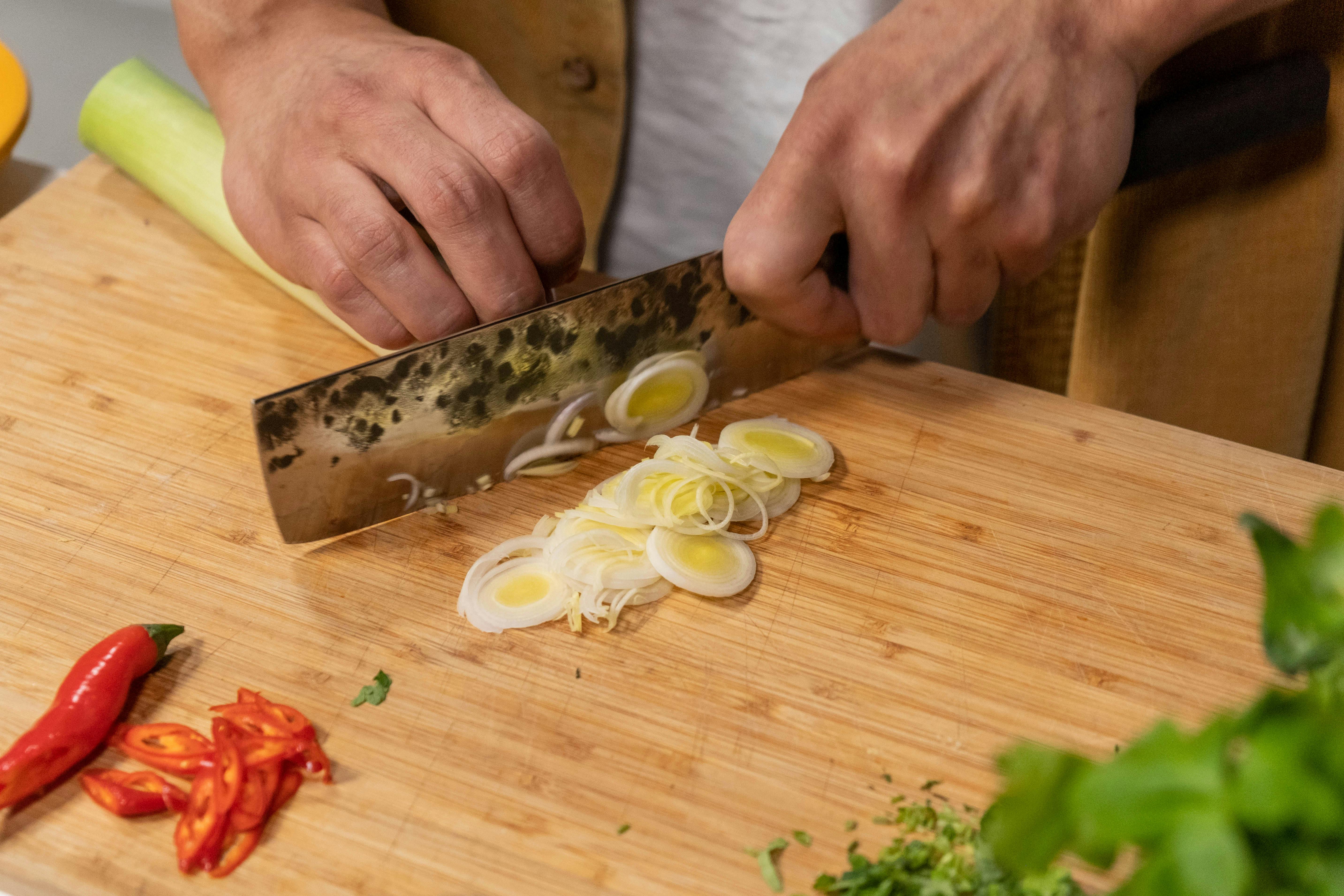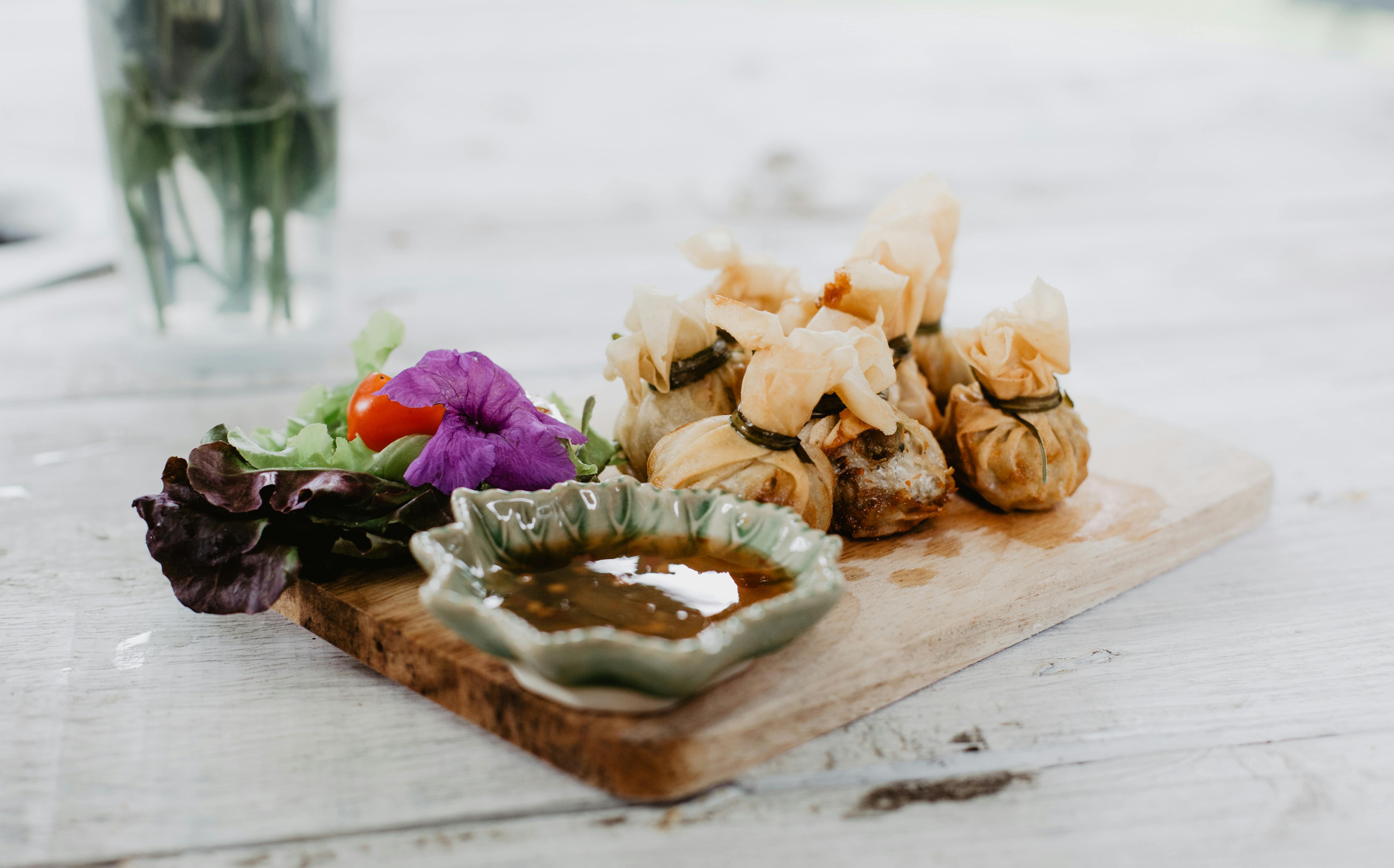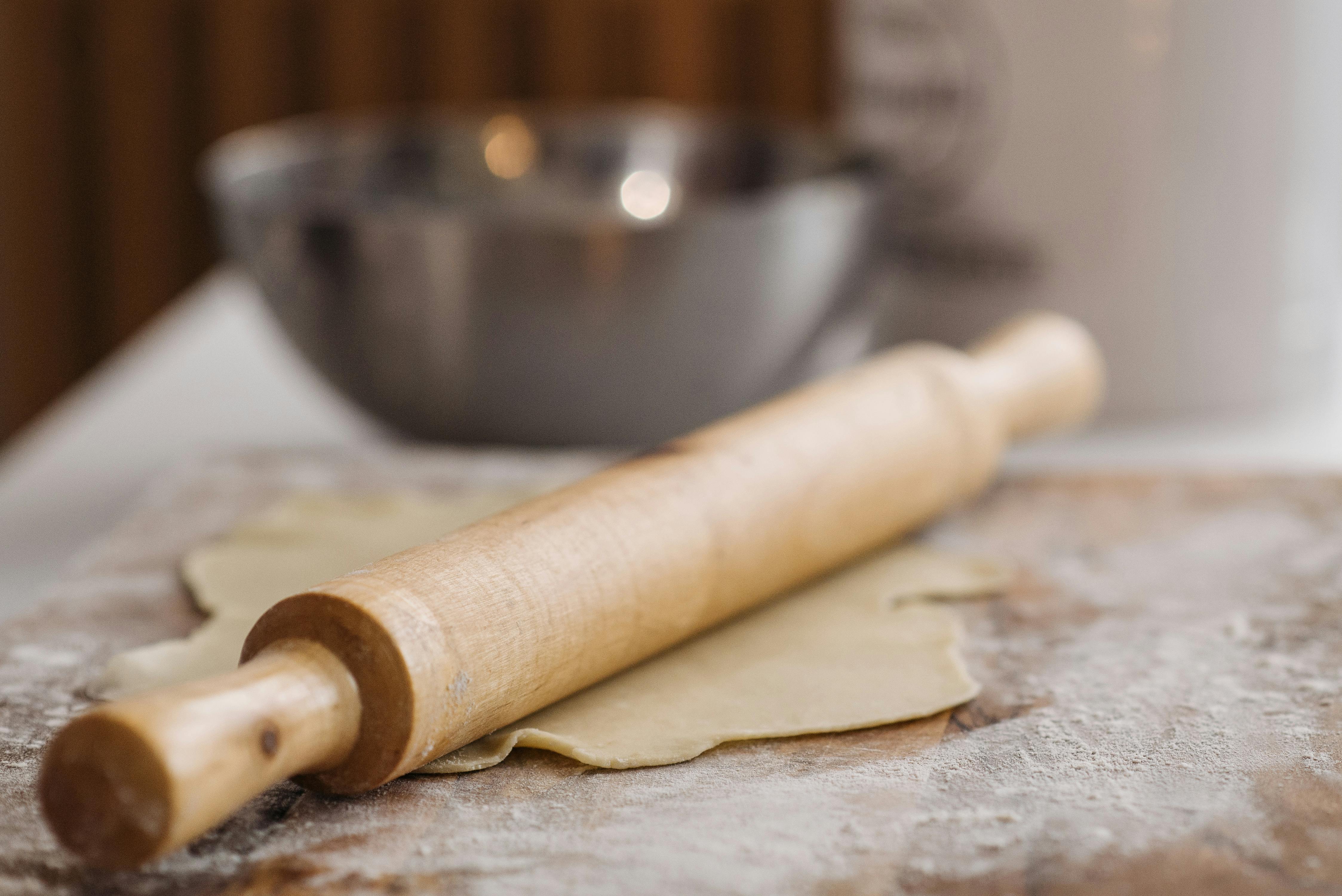You can use pressure washing to your advantage and clean larger areas that would otherwise take hours. It’s a great tool and can cut your time in half, or more if used correctly.
The first thing to look at is the essentials that are needed for pressure washing, which is not much. Let’s go over some of the basics, so you have a better understanding of how it all works.
Ultimately, you will need to have:
- a standard water hose, which does not drip,
- a pressure washer
- pants
- protective glasses
- boots and
- sound suppression ear protection
Before you do anything, you’ll want to make sure the area to be pressure washed is clear and clear of obstructions. In fact, it will take longer to spray around the items and move them later, rather than cleaning the entire surface beforehand. Taking the time to remove any items from the surface will save time in the long run.
Coverage to prevent damage:
If you plan to use cleaning chemicals or detergents, you should take proper precautions when dealing with plants and anything else that could be harmed, especially your skin. You can place some plastic over the plants, or a tarp, whatever is available to you. If these types of items will be in close contact with the water stream, it would be a good idea to use a heavy-duty cloth so the pressure from the nozzle doesn’t damage them in the process.
Pressure Washer Preparation:
The next step would be to prepare the pressure washer. The first thing you should always do is connect the water hose to the pressure washer and turn on the water. Before turning on the machine, you must allow the water to circulate throughout the machine and out of the nozzle without the presence of air bubbles. Squeeze the nozzle to allow the water to flow freely. Maintain constant pressure until there are no more air bubbles in the line. Once this is accomplished, you can start the pressure washer.
Special Additives:
The next step would be to pre-treat the surface with a solvent or cleaner of your choice. This is recommended for heavily soiled areas that need extra attention. Spray the entire surface with a nozzle that produces a wide spray pattern to apply detergent evenly. Be sure to give yourself plenty of time to wash off the solvent before it dries. Ideal conditions would be a cooler day, allowing more work time.
After that, you’ll want to spray the entire surface with clean water using a more powerful nozzle. Try to keep the end of the nozzle a minimum of 12 inches from the surface at all times to prevent gouging and surface damage. You could also get unsightly lines from holding the nozzle too close that will be visible after it has had time to dry.
You will need to allow the surface an adequate amount of time to fully dry before proceeding to the next step. Wood will typically dry in 2-7 days, depending on weather, humidity, etc. Concrete will take a little longer to dry as it soaks up water like a sponge.
These are the basics when it comes to pressure washing any kind of surface that might be underfoot. Use your common sense and always practice safety first.


